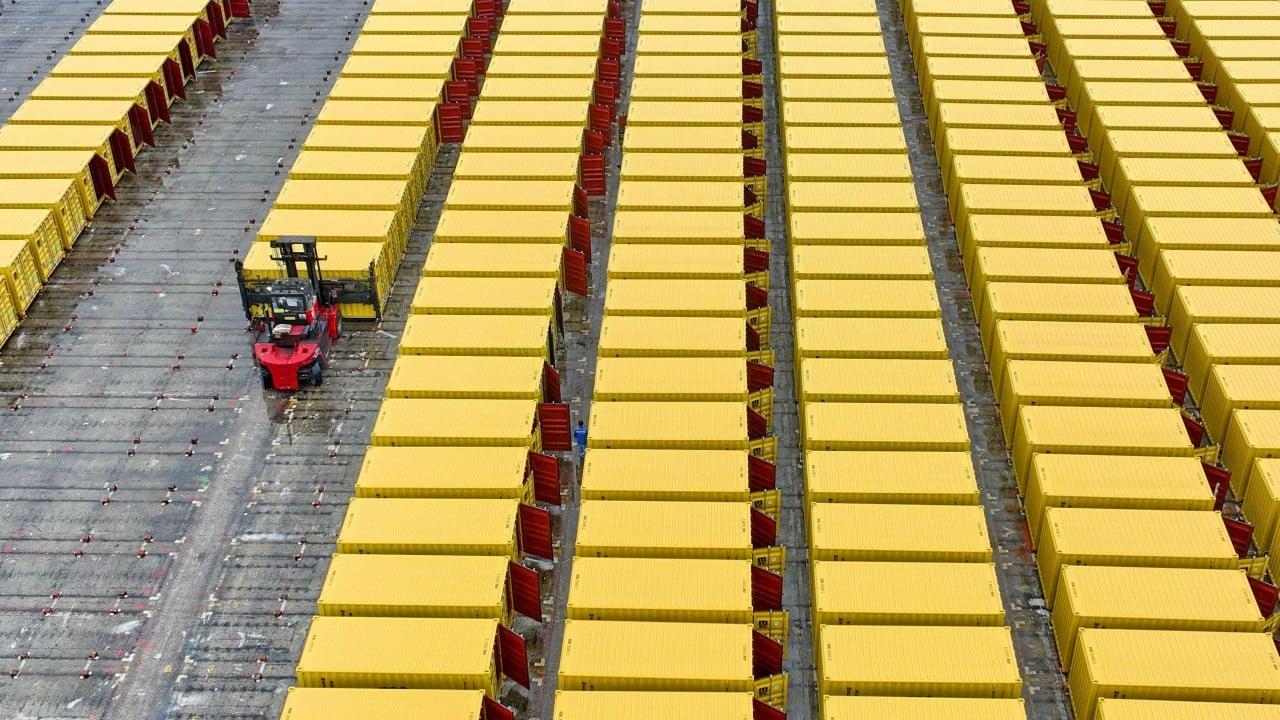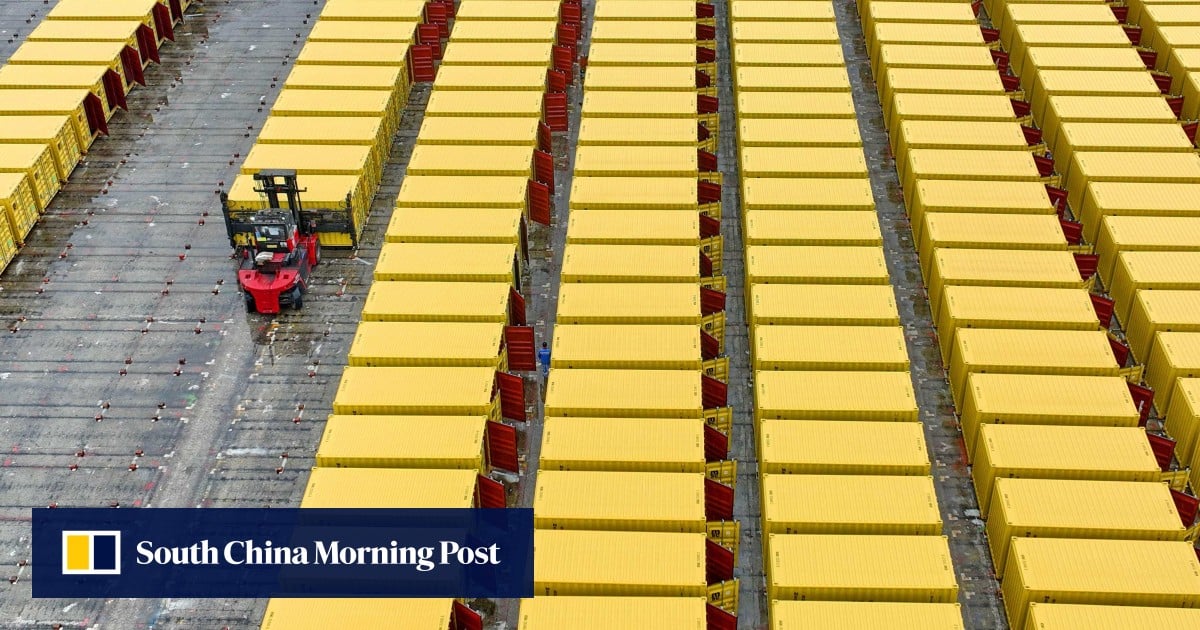

“If China’s GDP grows at a conservative 2 per cent annually for the next 10 years, the total cumulative growth will be equal to India’s GDP today,” Ngai explained. “If China’s GDP grows at 5 per cent, the total will be equal to India [and] Japan [and] Indonesia.”
Not everyone believes it is so cut-and-dried as mere GDP growth, however.
Simon Littlewood, CEO at investing firm Li Family Office, commented on Ngai’s point of view, saying on LinkedIn that “the headline GDP figure is not that relevant”. Instead, he contends, it is the growth of certain sectors that really matters.
“If most of China’s growth goes to Chinese state-owned businesses, or to the consumption of Chinese products and services because of restrictions, then whether the headline GDP grows at 0.1 per cent or 10.1 per cent is irrelevant to international businesses,” Littlewood said.
Last year, China’s economy grew by 3 per cent in 2022, falling short of the original growth target of “around 5.5 per cent” due to its stringent coronavirus-related lockdowns under a zero-Covid policy that had a crippling effect on the nation’s overall economy.
The International Monetary Fund and the World Bank have projected that China’s GDP growth target for 2023 will be set at 5.2 per cent and 4.3 per cent, respectively, as the country reopens to the world.
Beijing will lay out its economic targets and priorities for the year at its annual tone-setting “two sessions” meeting next month.
Ngai added that the number of “higher income” cities – those with GDP per capita higher than US$12,695, according to a definition by the World Bank – will reach 93 in China by 2030. That would result in 44 per cent of China’s population falling under this classification by 2030, he added.
A total of 55 Chinese cities, accounting for 27 per cent of the country’s total population, were regarded as “higher income” cities in 2020, according to McKinsey Global Institute estimates.
If you are looking for growth, the answer is very simple. The next China is China
“For sure, there are many challenges to ensure that China’s economy keeps running, from sustainability/carbon transition to consumption stimulation, to productivity improvements, to inclusion/common prosperity, just to name a few,” Ngai said.
“If you are looking for growth, the answer is very simple. The next China is China.”
President Xi Jinping underscored the importance of exports and foreign investment – both critically important drivers of China’s overall economic growth – during his speech in December addressing the major issues facing the world’s second-largest economy.
However, foreign business groups have been calling for years for China to do more to level the playing field for foreign businesses operating in China.
For instance, the European Union Chamber of Commerce in China raised concerns last year that “ideology is trumping the economy” in China, and that the country was losing the allure to foreign firms that it used to have.
The chamber called on Beijing to take “tangible steps” to address such business concerns and create a fair market for all players while avoiding the politicisation of business. It also called for an end to erratic policy shifts while saying the focus must be put on rebuilding investor confidence via comprehensive reforms and opening up.
Last year, foreign direct investment in China remained stable and rose by 8 per cent to US$189.13 billion amid concerns that the confidence of foreign investors towards the Chinese market was eroding due to the disruption of supply chains, trade tensions and sanctions resulting from the Ukraine war.
